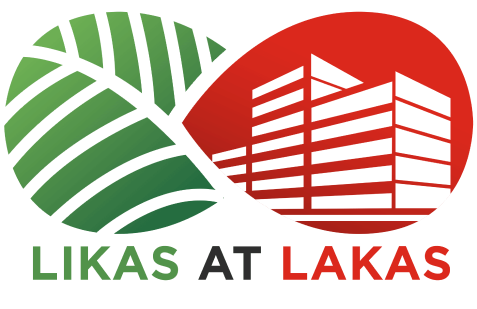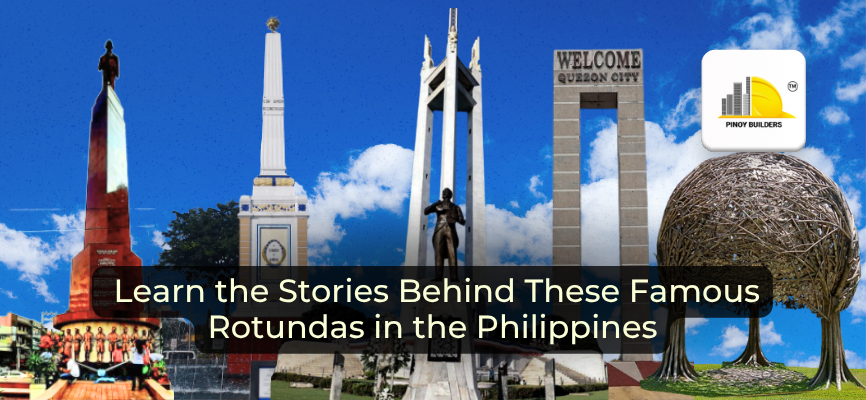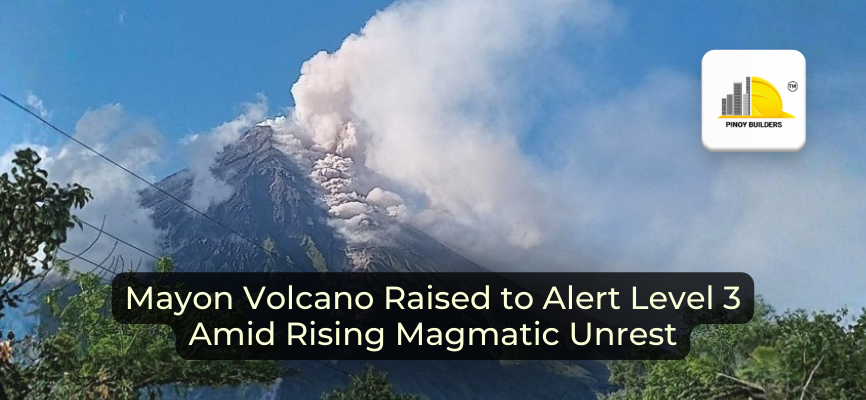Roundabouts, or rotondas as many Filipinos call them, are a familiar part of our roads. They ease the flow of traffic, but over time, many have also become landmarks that people associate with history, culture, and everyday life.
In different cities across the Philippines, rotondas mark key intersections, feature statues and monuments, and even serve as central points for local communities. Each one has a background that connects it to the place where it stands.
In this article, we will look at six of the country’s most famous rotondas, plus a special bonus entry, and learn the stories that make them stand out.
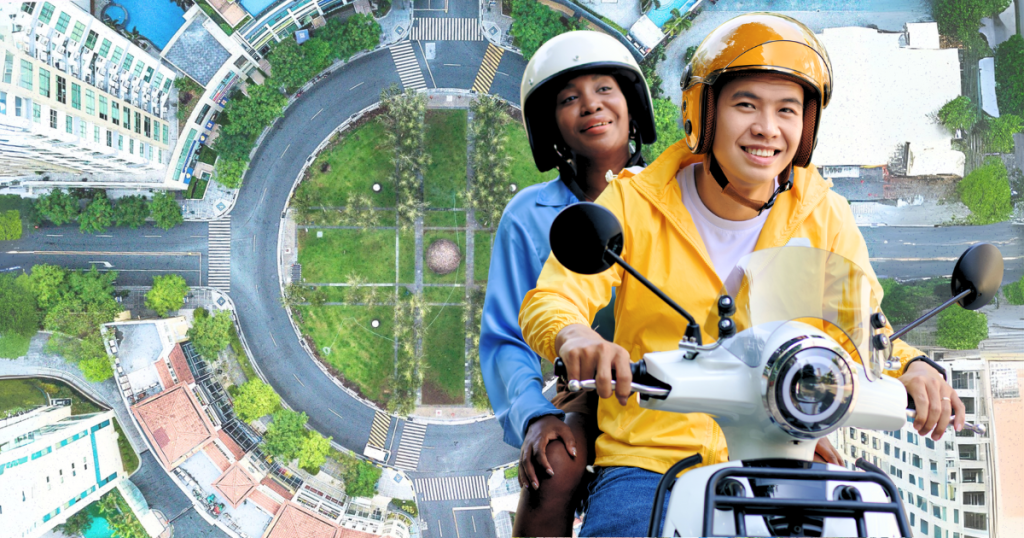
Interesting Histories of 6 Famous Rotondas in the Philippines
1. 11th World Scout Jamboree Memorial Rotonda (Quezon City)
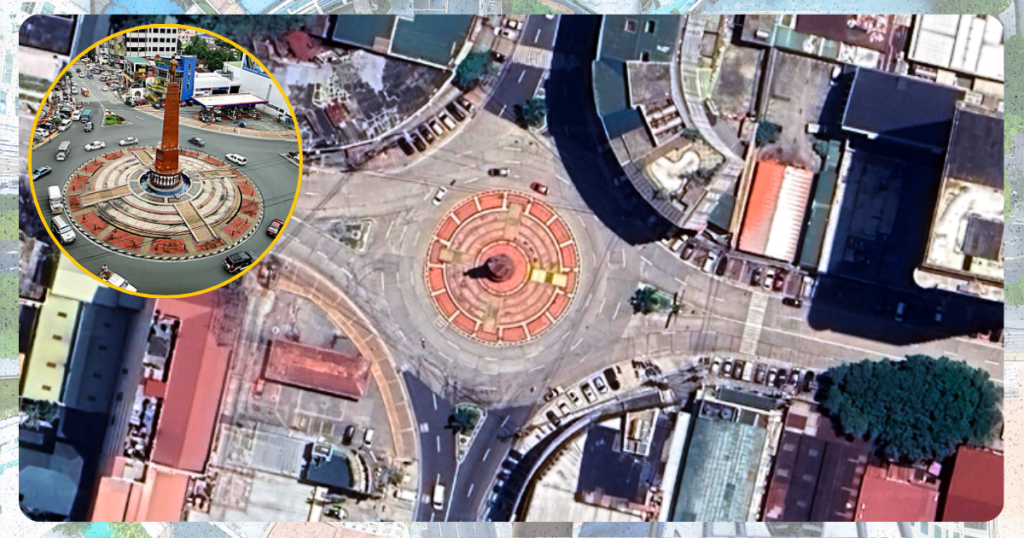
This rotonda sits at the intersection of Timog and Tomas Morato Avenues. It not only organizes the busy flow of vehicles but also serves as a landmark that honors the courage and sacrifice of young Filipinos.
Built in 1965, the memorial remembers the 24 Filipino Boy Scouts and scouting officials who perished in a tragic plane crash on their way to Greece for the 11th World Scout Jamboree. Bronze statues of the scouts and scouters were placed around the rotunda, each standing as a reminder of lives dedicated to service and adventure. Later, an obelisk was added in memory of Tomás Morató, the first mayor of Quezon City.
Did you know?
One Scout, Alex Kwan, narrowly missed joining the ill-fated delegation due to passport issues. His absence saved his life, making his story a striking twist of fate.
2. Anda Monument / Anda Circle (Manila)
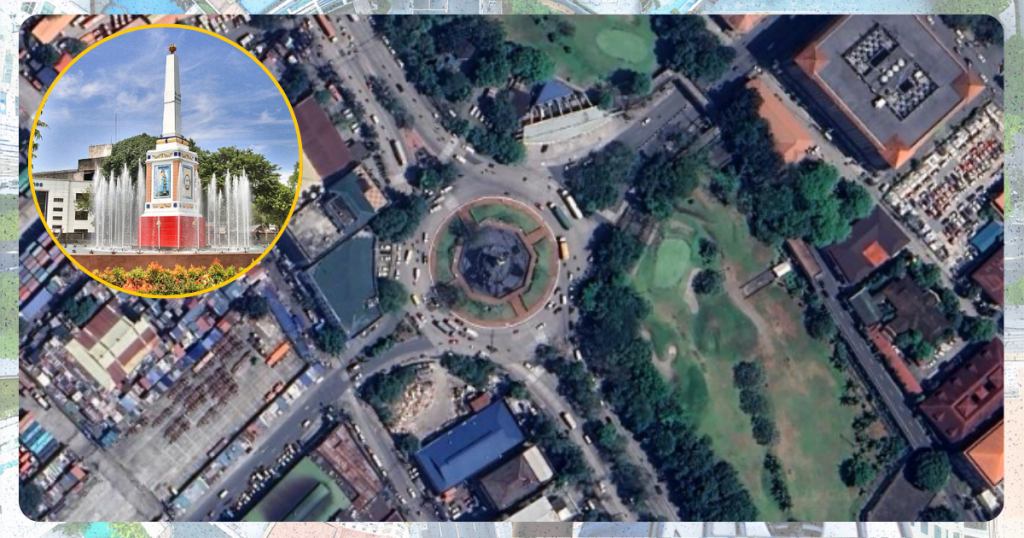
At the heart of a busy road near Intramuros stands Anda Circle, a monument that reflects both resilience and pride. It pays tribute to Governor-General Simón de Anda y Salazar, who bravely led the resistance during the British occupation of Manila between 1762 and 1764.
First erected in 1871, the monument has withstood many challenges. It suffered damage during World War II, was later relocated, and continues to serve as a reminder of Filipino defiance and courage. In 2020, Anda Circle underwent rehabilitation with fresh lighting and a fountain, making it not only a piece of history but also a spot that glows with new life at night.
Did you know?
There was once a government plan to dismantle the monument to improve traffic to the port area. Heritage advocates saved the iconic monument by strongly opposing the move, which led to the circle remaining intact in its spot for future generations.
3. Burgos Circle (Taguig, BGC)
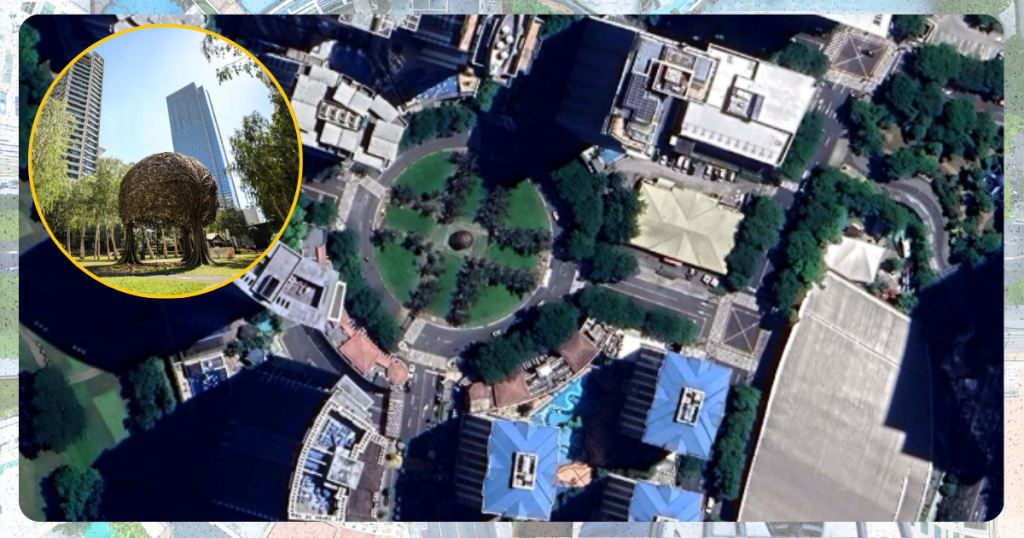
Burgos Circle captures the modern spirit of Bonifacio Global City. Surrounded by residential towers, offices, and a lively collection of restaurants and cafés, it has become a go-to destination for city dwellers.
Named after martyr priest José Burgos, the circle was developed as part of Forbes Town Center. Its design was inspired by Bugis Village in Singapore, bringing a mix of cultural and commercial appeal. At the center is Burgos Park, home to the striking art installation “The Trees,” which symbolizes life and growth within the city.
Since opening in 2009, Burgos Circle has flourished as a dining hotspot. Families, young professionals, and visitors gather here to eat, stroll, and enjoy the open atmosphere.
Did you know?
Beneath this lively circle lies an enormous floodwater retarding basin. This underground structure helps prevent flooding in BGC, making Burgos Circle both stylish and practical.
4. Elliptical Road (Quezon City)
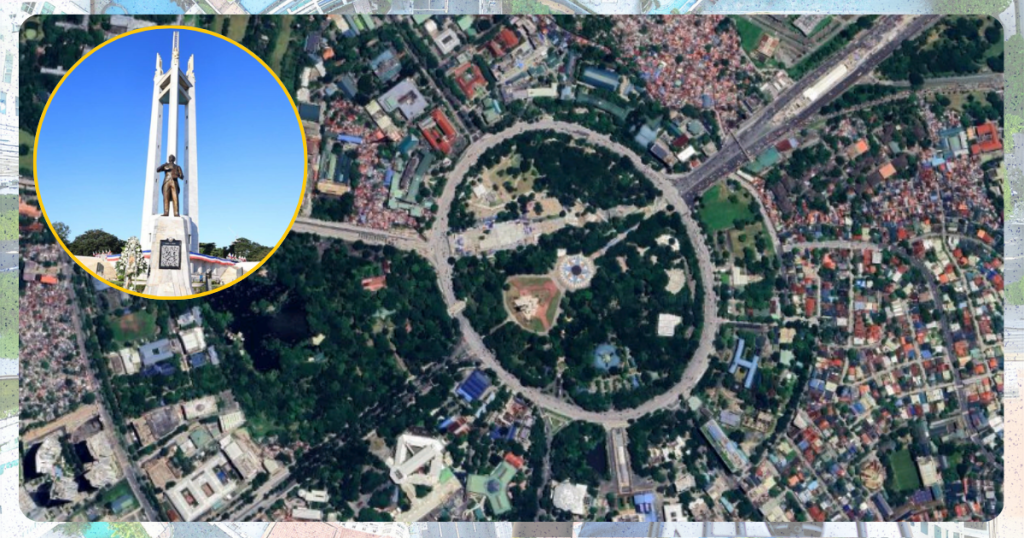
Elliptical Road is one of the country’s most iconic rotundas. Stretching 1.98 kilometers, it encircles the Quezon Memorial Circle and channels traffic through eight lanes connecting to major roads like Commonwealth Avenue and North Avenue.
It was envisioned as part of the 1941 Frost Plan for Quezon City, where a grand National Capitol was supposed to rise at its center. After World War II, the dream shifted, and instead, the Quezon Memorial Shrine was constructed, honoring the country’s second president, Manuel L. Quezon. Today, the area is home to government institutions, parks, and museums.
Many speculate that Elliptical Road was once the largest roundabout in the world. While impressive, this claim is not accurate. No credible record shows that Elliptical Road held that title at any point between its construction in the 1960s and 1999, when Guinness World Records recognized Malaysia’s Putrajaya Roundabout, completed in 1997, as the world’s largest at more than 3.4 kilometers.
Still, Quezon City’s very own Elliptical Road remains one of the world’s largest, which is an incredible feat in its own right.
Did you know?
Many locals casually call the area “Philcoa,” short for the Philippine Coconut Authority, which is located along the road.
5. Remedios Circle (Manila)
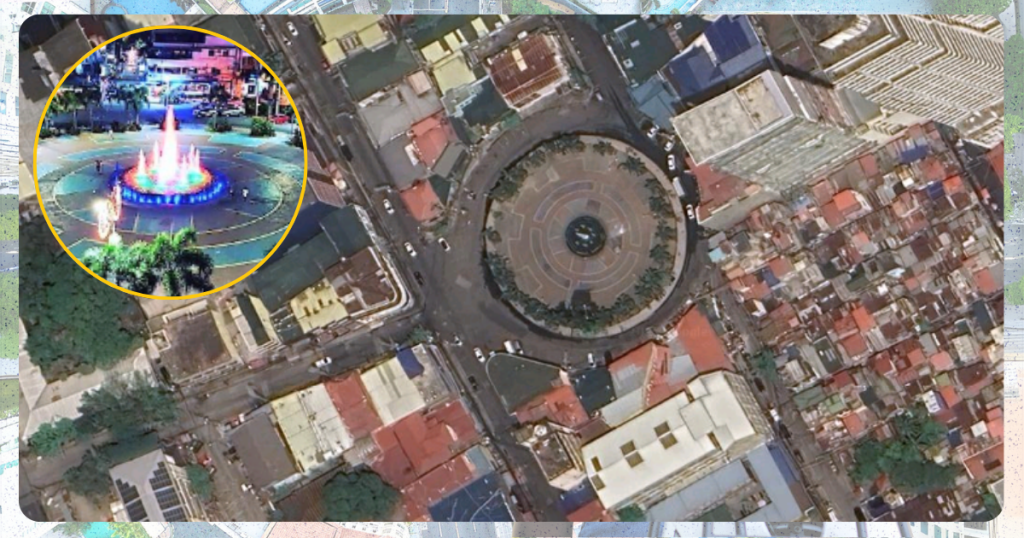
Remedios Circle carries a colorful mix of past and present. Before becoming Manila’s nightlife hub, it was once the site of the Malate Cemetery. After World War II, the cemetery was demolished, and the area was redeveloped as part of Malate’s growing urban identity.
From the late 20th century onward, Remedios Circle became famous for its bars, restaurants, and music lounges. It evolved into a vibrant space where artists, musicians, and partygoers gathered, making it an integral part of Manila’s cultural and social life.
Did you know?
Remedios Circle was featured in the Hollywood film The Bourne Legacy. The streets around the circle became a backdrop for action-packed chase sequences.
6. Welcome Rotonda / Mabuhay Rotonda (Quezon City-Manila Border)
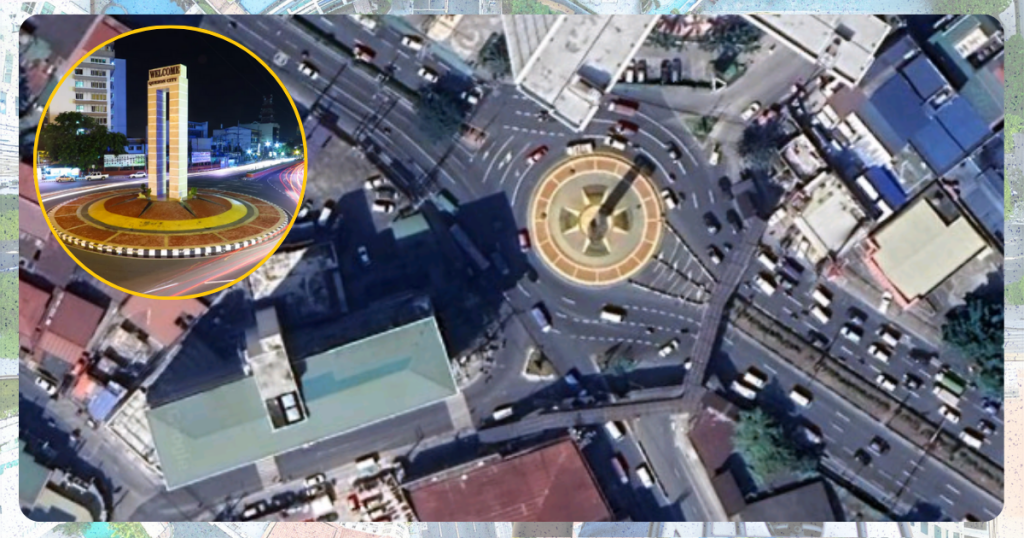
For decades, the Welcome Rotonda has greeted people entering Quezon City. Built in 1948, it stood as a symbolic gateway into the new capital of the Philippines.
Its centerpiece monument features four lions facing different directions, representing watchfulness and strength. In 1995, the rotonda was renamed Mabuhay Rotonda, highlighting the Filipino spirit of hospitality and warmth.
Beyond symbolism, the circle has played a role in history as a venue for rallies, protests, and civic gatherings. It also became one of the earliest jeepney terminals, adding to its identity as a hub for both movement and memory.
Did you know?
While ‘Mabuhay Rotunda’ is now the official name of the landmark, many longtime residents still fondly refer to it as ‘Welcome Rotonda.’ It became the first monument of Quezon City, built to greet visitors coming from Manila when the city served as the capital of the Philippines under President Elpidio Quirino through Republic Act No. 333.
Bonus Entry: Golden Sarok Rotonda (Kalibo, Aklan)
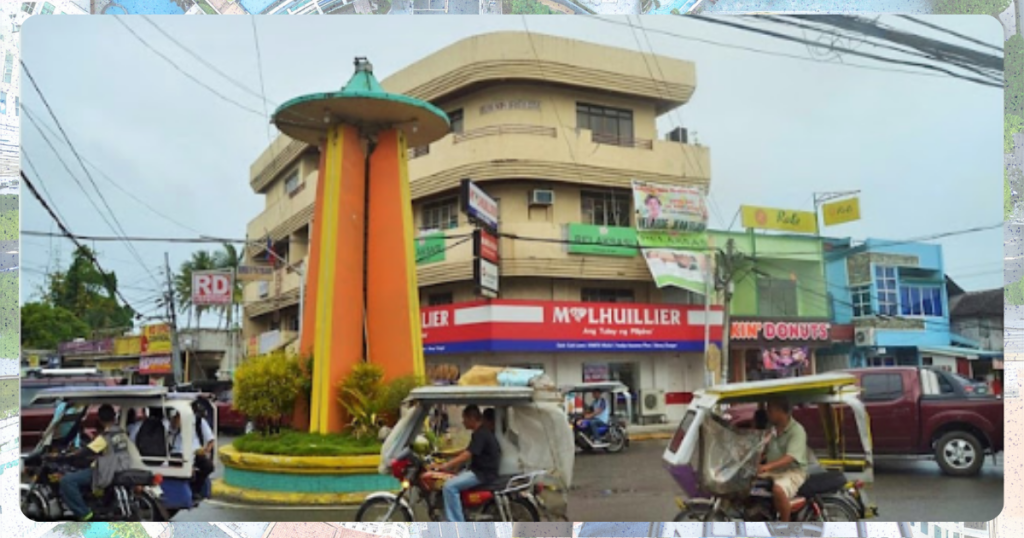
The Golden Sarok Rotonda in Kalibo once welcomed travelers with a proud display of local culture. Built in 1973, it showcased a giant golden “sarok,” or farmer’s hat, which symbolized both Aklan’s agricultural roots and the historic Barter of Panay.
For over four decades, the rotonda served as a cultural beacon. Although it was eventually taken down in 2015 to ease traffic congestion, its memory remained strong among locals. To preserve its meaning, a new Golden Sarok Arch was built nearby, ensuring that the symbol continues to represent Aklanon pride.
Did you know?
The “sarok” is a practical hat used by farmers to shield them from the sun. In Kalibo, it also became a cultural icon celebrated during festivals.
Rotundas as Living Landmarks
Rotundas in the Philippines are more than circular roads. They are cultural signposts, blending history, identity, and daily movement.
Each circle tells a story—of bravery, of heritage, of community spirit. Some recall national heroes, others highlight urban progress, and a few celebrate local traditions. Together, they shape the rhythm of Philippine life, showing how a simple roundabout can carry layers of meaning.
The next time you pass through a rotonda, look beyond the traffic. You might just find yourself circling back into a piece of history.
References
Change.org. (n.d.). Preserve the Golden Sarok Rotonda Kalibo Landmark. Change.org. https://www.change.org/p/mayor-william-lachica-lgu-kalibo-lgu-aklan-preserve-the-golden-sarok-rotonda-kalibo-landmark
Crisostomo, I. T. (n.d.). Elliptical Road. Wikipedia. Retrieved September 18, 2025, from https://en.wikipedia.org/wiki/Elliptical_Road
Santos, K. (2024, June 13). Historic Roundabouts in Manila: A Comprehensive Guide. Top Gear Philippines. Retrieved September 18, 2025, from https://www.topgear.com.ph/features/feature-articles/historic-roundabouts-monuments-metro-manila-a4682-20240613-lfrm
Santos Jr, R. (n.d.). FAST FACTS: The Anda Monument. Rappler. https://www.rappler.com/newsbreak/iq/68680-fast-facts-anda-monument/
Taguig.com. (n.d.). Burgos Circle Park. Taguig.com. https://www.taguig.com/city-guide/burgos-circle-park/
Wikipedia. (n.d.). 11th World Scout Jamboree Memorial Rotonda. Wikipedia. Retrieved September 18, 2025, from https://en.wikipedia.org/wiki/11th_World_Scout_Jamboree_Memorial_Rotonda

